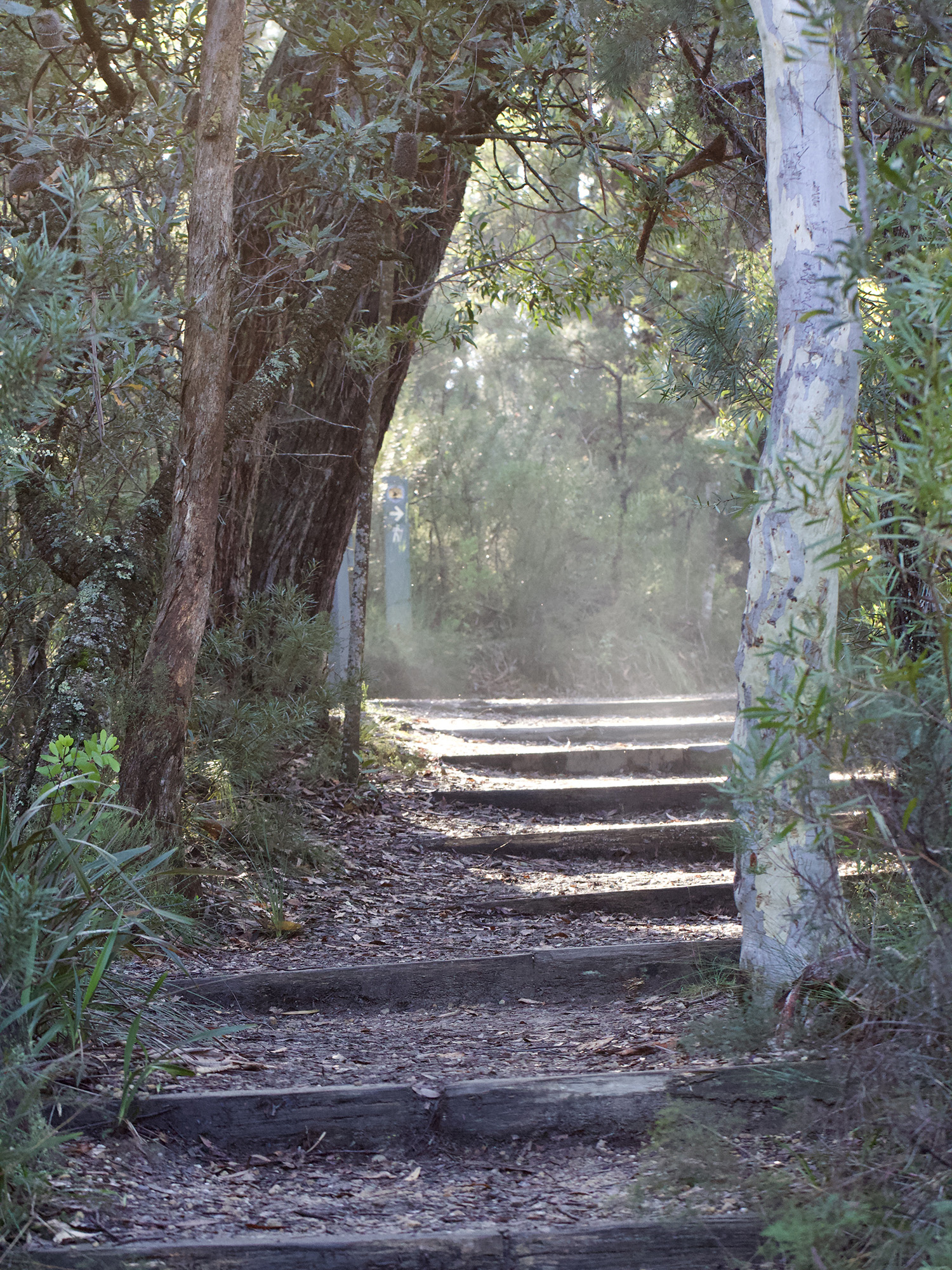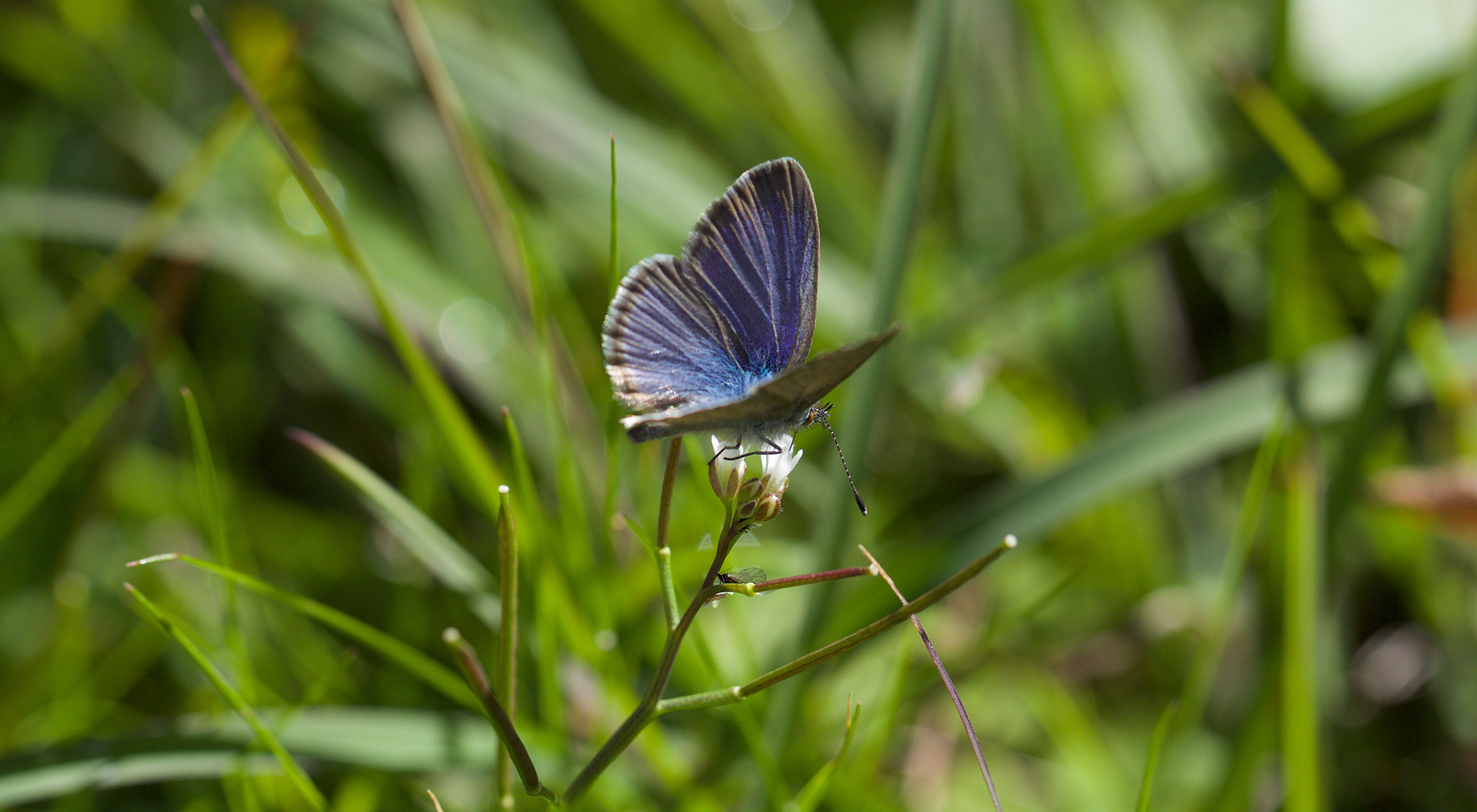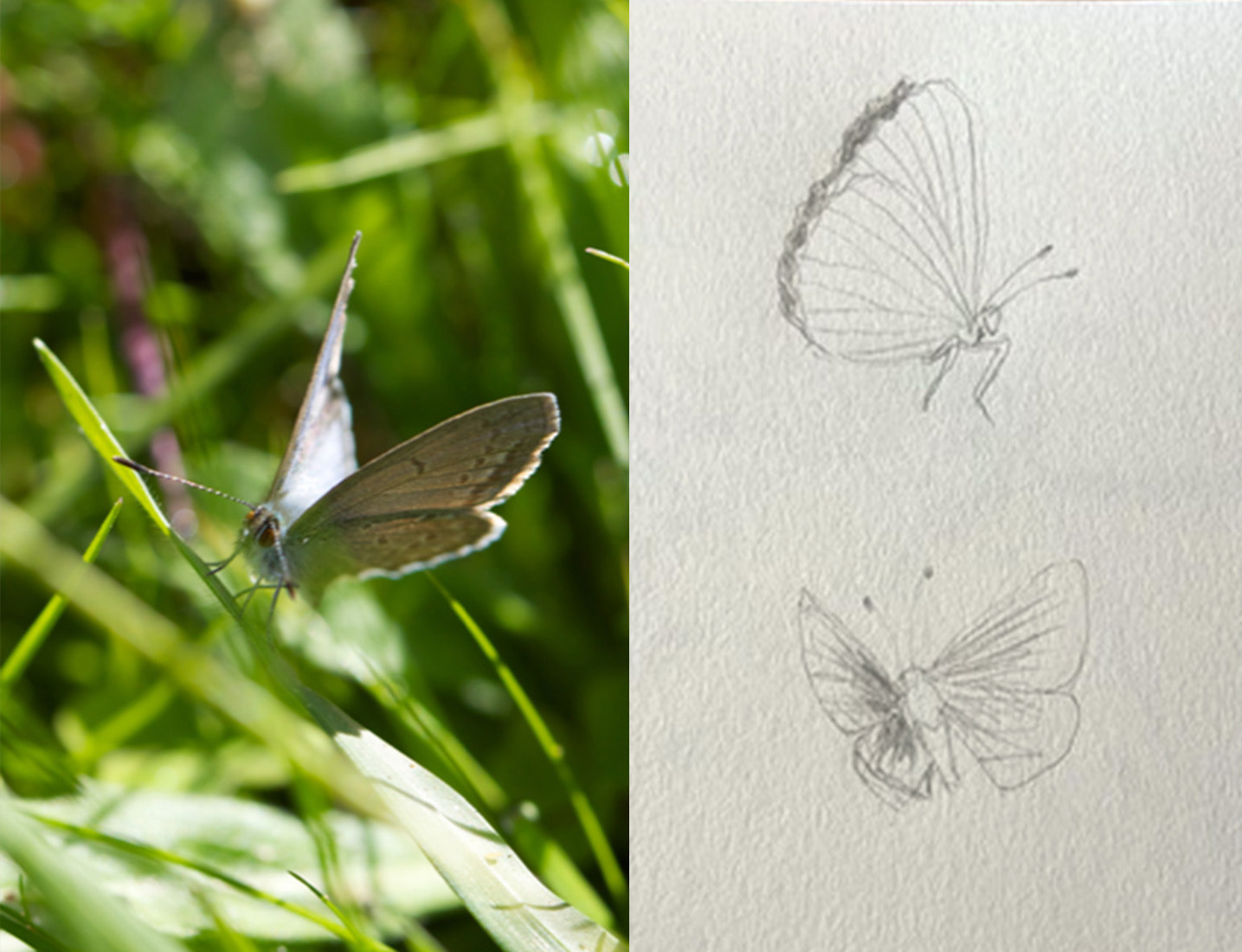I had a thought recently during one of my middle of the night wildlife baby feeding sessions. It involved spending perhaps a bit too much time reflecting on rest (whilst not doing it). What are we seeing as rest? This musing was sparked by the recent release of resources on self-sustainability from Two Green Threads where we talk about taking time to recharge our energy. Do we see rest only in the form of sitting in a semi-comatose ‘I-can’t-possibly-think-anymore’ mode, in front of a screen scrolling? If rest is to maximise recharge, then perhaps finding a variety of outlets which do that (positive input rather than just absence of anything) might be useful to have in our wildlife volunteer toolkit.
Two Green Threads is launching an on-line free Wildlife and Nature Sketch Journaling course for wildlife volunteers. This was not a flightly quick grab at something ‘arty’. One of the learnings I took from our intensive 2019 and 2020 year, was the way our brains work during trauma. My paraphrase for when this happens is that we revert to what is known as the ‘primitive brain’, and the thinking part of our brain is kicked into storage for a while. This means we lay down our memories in the absence of the part of the brain which helps make sense of them.
The Joining the Threads podcast episode by Petrea King talked a bit about this. Our conversation visited two parts of the brain – the neocortex (just behind your eyebrows) where reason, logic, perspective and wisdom live, and the second, our primitive brain, (the hippocampus), which gets activated when we relive past experience, for example, seeing an orange dress that may throw us to a memory of the bushfires.
“You see, when we’re under stress, we secrete a lot of cortisol in our system. And one of the impacts that cortisol has is that it embeds traumatic memory very deeply in the hippocampus. And it literally gets filed away in the hippocampus so that whenever you’re triggered by a sound, a smell, a sight, a touch that has a relationship to trauma, you’ll be on high alert again. So you’re disconnected from your neocortex.
A lot of our work is about helping people to understand what’s going on in the primitive brain so that at that time they can re-engage their neocortex and say, “No, no. It’s okay. It’s only orange in that woman’s dress that has triggered this reactivation in my body, and it’s okay. I’m not in any danger.” I can deepen my breath perhaps, or I can do some other activity that will bring me back into the present moment where I’m back into working with my neocortex rather than this most primitive part of the brain that’s literally just trying to keep you safe from danger in the future.”
So what does this have to do with the upcoming sketch journaling course? Two Green Threads is looking to provide opportunities and resources for wildlife volunteers. We see this course as an offering within a ‘making sense’ recovery and recharge journey for wildlife volunteers.
There is no shortage of research on the benefits of creativity and the flow-on to positive mental and emotional wellbeing. Similarly, there is a body of research focusing on the positive effects of exposure to nature. The offered Wildlife and Nature Sketch Journaling Course, was an outcome born from a deliberate search for an activity that enabled wildlife volunteers to benefit from recharge and restoration. A simultaneous combination of a space and place for which wildlife volunteers have a passion and interest, combining creativity with focus, curiosity and attention on nature.

When my Dad was in one of his more difficult moments – mandatorily detained in a Psychiatric Ward, the one, pretty much the only, offering each week was an art session. This was a country hospital, where the psychiatrist visited once a week. I was frustrated that this seemed to be the only active action, and was deeply cynical about what art could possibly be doing. I’ve since come to appreciate why such an activity was offered.
Post Dad’s death, and more recently again post the Black Summer fires, I was driven to research and read more on how the brain and body responds to trauma. I’m going to draw on words that Megan Devine expresses in her book ‘Its OK that You’re Not OK’ – shown here with her permission. She talks of the ill-based assumption that seeks to wrap up creativity as a way to transform pain, or at the very least make you feel better. She explains that when creative practice is pitched as a cure for grief, it makes her bristle and grind her teeth.
“Pain is not redeemed by art…whatever you might create in your pain, out of your pain, no matter how beautiful or useful it might be, it will never erase your loss. Being creative won’t solve anything. Art is not meant to make things right.
If we don’t use creative practices to make grief better – why do them at all?
Pain, like love, needs expression. The human mind naturally goes to creative expression; it’s the way we’re built. We are storytelling creatures. We look to art, and to story, to help us make sense of the world, especially when what’s happened makes no sense. We need images to live into, stories to guide us in the new life that has come. We need the creative process to bear witness to our reality – to reflect our own pain back to us. In a world that so often doesn’t want to hear your pain, the page or the sketch pad is always a willing companion.”
These words help explain why Two Green Threads is invested in offering this Nature and Wildlife Sketch Journaling course. I know that as wildlife volunteers sometimes our connection to nature is confronting, particularly when we see an animal suffering or nature as a whole scarred, but as Megan Devine explains, creativity can encourage re-connection.
“Creative practices can also help you deepen your connection with that which is lost. Death doesn’t end a relationship; it changes it… creative processes allow the conversation that began in life Before to continue in life After… And sometimes, creation allows us to connect and relate to the world again, in our own new ways, in this whole new life.
Creative practises are a balm, and a support, inside what can barely be endured. So while creative practises won’t fix, and can’t bring back what was lost, they can help you find a way to live what has been asked of you. They can help you tell the story of what is…“
So this is my story behind the ‘why’ of this Wildlife and Nature Sketch Journaling course, a course you can join me on in January and February 2021 – course details and registration here.
There are no judgements in our creative processes, you don’t need to be an accomplished artist, your drawings are your expression – whatever they look like. I am learning that creativity can influence wellbeing, and I welcome you to help make sense of your wildlife volunteer journey through the experience this course offers.
The course is free for wildlife volunteers, and we have two upcoming course dates in 2021. Additional course dates will be added if there is enough interest.
Online Wildlife and Nature Sketch Journaling Course for Wildlife Volunteers
Two Green Threads has partnered with NatureArt Lab for a special wildlife and nature journaling course – free for wildlife volunteers. Understand the role of creative expression in the way emotions and the mind works. Find out why mindfulness – purposely bringing your attention to the present moment – immersion in nature plus creative expression are important for your health and wellbeing.


1 Comment on "The relevance creativity has for our wellbeing and recovery"
Helen
February 22, 2021Great reading! It does seem a common misconception that art or creative process is a cure for grief. We should all draw more to relieve a little or express our grief or stress! I've noticed a cathartic release. Almost a purge sometimes! And we should encourage our loved ones to join in as well.